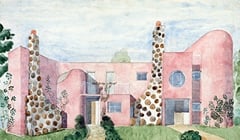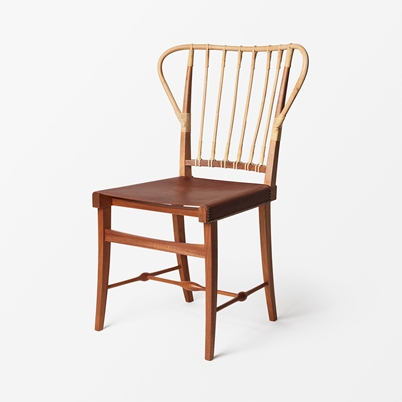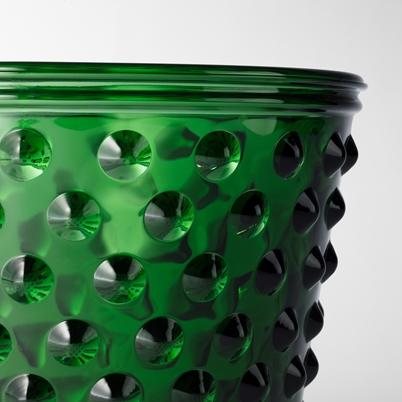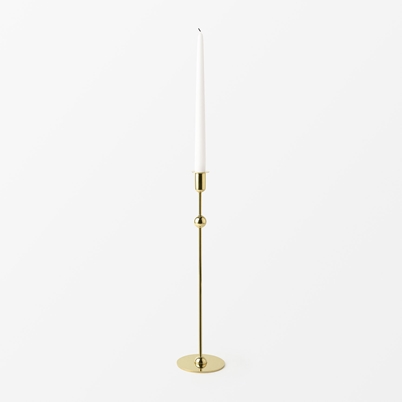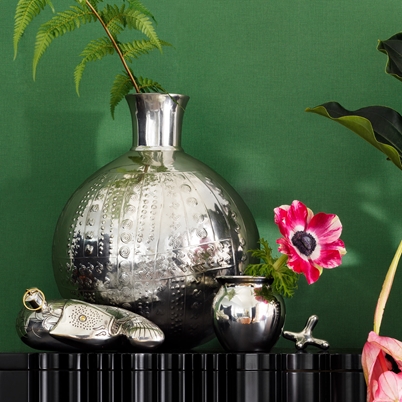As late as in the 1970s, the glassworks had 150 employees. Today they are 15. Seventy-five per cent of the old glassworks buildings have been transformed into a handicraft village. The old grindery is an inn; the former office is now a library and a shop. However, Ulf Rosén – the newly-appointed CEO – is hopeful:
“Swedish art glass is unique and I believe in its future. At Italian glassworks, the glassblower often designs the glass; in Sweden we have an art industry tradition which involves collaboration between artisan and designer. We intend to develop this collaboration.”
In the old days, glass was always blown in wooden moulds, the production of which requires great skill, which unfortunately is dying out, Ulf says.
“As long as there is steam in a wooden mould it will not burn up, despite the molten glass having a temperature of more than 1,000 °C. This is one of many examples of knowledge that has existed for generations and which I think we should make use of. One thing is certain: We all stand on the shoulders of older generations.”
In Svenskt Tenn’s wide glass range, there are many products, crafted at Rejmyre Glassworks. Some of them are from the archive, while others are items developed by contemporary designers.
Read more in the Magazine












